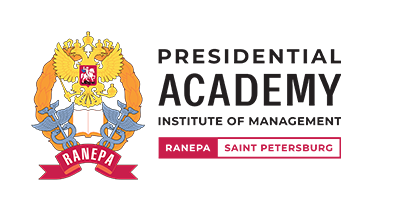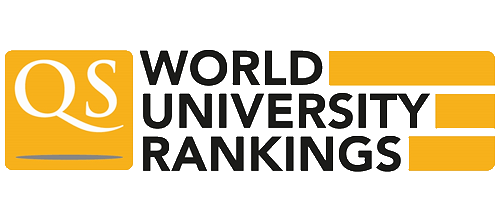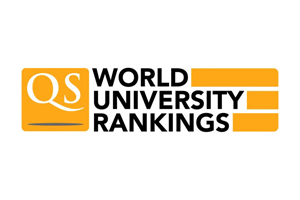RUSSIA IN BRIEF
The Russian Federation (Russia) — Российская Федерация (Россия) is a country in northern Eurasia.
Russia was formed after the dissolution of the Soviet Union (USSR) in December 1991.
The Head of State – President — is elected by direct vote every six years.
The Russian Federation consists of 89 federal constituent entities (regions, territories, areas, republics, cities of federal importance), each one of them has its own regional government and parliament.
Territory
Russia is the largest country in the world covering more than one eighth of the Earth. The total area is 17 million square kilometers. Russia is home to a wide range of environments and landforms. Length — 9000 km from West to East, width — 5000 km from North to South. One quarter of the territory is located in Europe and the rest — in Asia.
Capital
Moscow (Москва) with over 13 million inhabitants (2022)
Population
Russia is the world’s ninth most populous nation with 146.9 million inhabitants (2022)
The ethnic groups are Russians (80%), Tatars, Ukrainians, Bashkirs, Chuvash, Chechens, Armenians and others: more than 190 different ethnic groups speaking many languages and following unique cultural traditions.
Official language
Russian
Currency
Russian Ruble (рубль), 1 RUB = 100 kopecks (копейка)
Time in Russia
Russia spans 11 time zones
St. Petersburg is located in the same time zone as Moscow (+3 hours from Greenwich).
ST. PETERSBURG IN BRIEF
Saint Petersburg – St. Petersburg (Санкт-Петербург, СПб) is the second largest city in Russia.
St. Petersburg is situated on the middle taiga lowlands along the shores of the Neva River to the Gulf of Finland and islands of the river delta.
St. Petersburg was founded by Tsar and the first Russian Emperor, Peter the Great on May 27, 1703 as a maritime capital. Between 1713-1728 and 1732-1918, the city was the imperial capital of Russia. In 1918 following the change of power from monarchy to republic the Soviet government bodies moved from St. Petersburg to Moscow. In 1914 the city was renamed Petrograd, in 1924 — Leningrad and in 1991 — back St. Petersburg.
In Russian literature, informal documents and discourse the word “Saint” (Санкт) is usually omitted leaving just “Petersburg” (Петербург). In everyday language locals may drop the “burg” as well referring to it as “Piter” (Питер).
Population: 5,37 million inhabitants (2022)
Discover St. Petersburg
St. Petersburg is often described as the most westernized city of Russia as well as the “Russian capital of culture” with hundreds of museums housed mostly in historic buildings and dozens of theatres.
It is also known to many as the “Venice of the North” as the city was built on over 40 islands connected by more than 400 bridges.
White Nights season – a natural phenomenon caused by a northern location, when nights are bright, lasting from late May until early July — inspired Alexander Pushkin and Fyodor Dostoyevsky and nowadays attract tourists from all over the world.
There is a large number of cultural and historical monuments, cathedrals and churches in St. Petersburg. The historic center and related groups of monuments are included in the UNESCO World Heritage List as sites of outstanding universal value.
The largest and most famous museums are the following:
- The State Hermitage Museum featuring interiors of the former imperial residence and a vast and an impressive collection of world art
- The State Russian Museum is the world’s largest collection of Russian art
Petersburg is renowned for its picturesque suburbs. The Southern ones are former imperial residences:
- Peterhof – the most luxurious residence of Russian emperors with majestic fountain cascades, magnificent palaces and a charming park ensemble
- Pushkin (Tsarskoe selo) — with the baroque Catherine Palace and the neoclassical Alexander Palace surrounded by beautiful parks
- Pavlovsk — with a domed palace of Emperor Paul and one of the largest English-style parks in Europe
St. Petersburg metro – one of the deepest in Russia — has been admired for marble design, giant columns and grand mosaic panels.
There are a lot of fascinating contemporary public spaces in St. Petersburg in particular New Holland Island, Nikolskiye Ryady, Portsevkabel where cultural centers combined with modern art shops, vibrant food malls and cafes are housed and various events, exhibitions and festivals take place regularly.
Island of Forts in Kronstadt – a unique public space and a modern open-air museum showcasing the Russian naval history and heritage in an interactive form.
St. Petersburg is the center of science and education as well as home to a wide range of high-tech manufacturing industries: shipbuilding, heavy machinery, defense, aerospace, chemicals and pharmaceuticals, medical equipment production as well as publishing and printing, food production, textiles and apparels, wholesale and retail, transportation, financial services and IT-sector.



